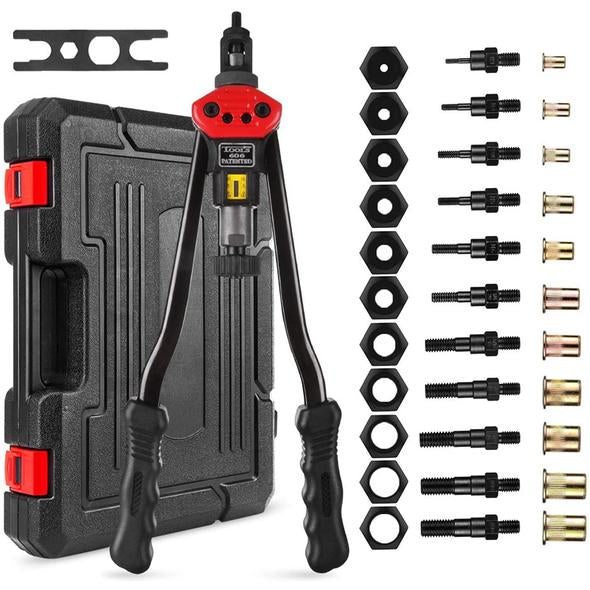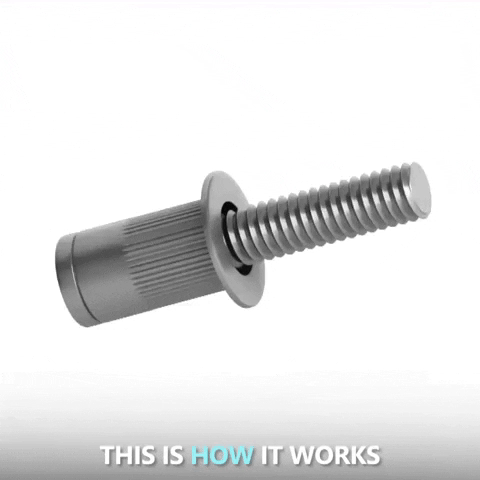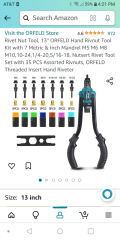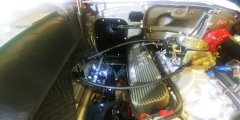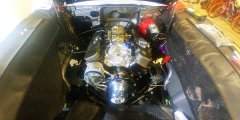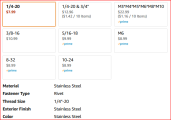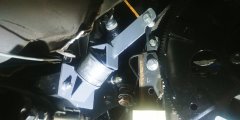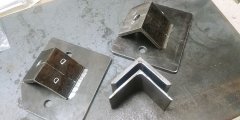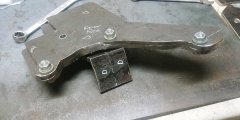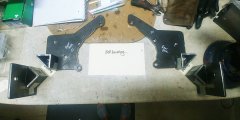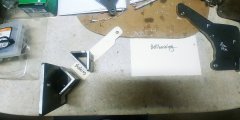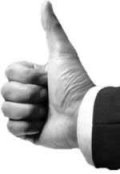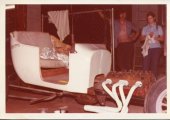This may be a bit convoluted to follow but it relates to looking at what was done before vs how I'd do it today.
In the first build, I made my own front and mid mounts to get the big block exactly where I needed it to be. This setup has worked for 30 years. This go-round I refined the front mounts, added new pads but basically kept the design the same.
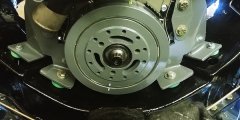
Please note I specifically don't want to go back and install side mounts. I considered them but decided to go with what I had. Header clearance in the driver side is super tight and with the current mounting arrangement everything fits.
The mid mounts actually bolt to the transmission housing and through it to the block. Right now I've got 1/2 in spacers since the trans isn't in place. That's a temporary wood support to ensure no surprises as I work under the car. It can't stay as its in the way of the starter and the headers.
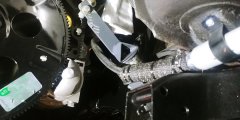

This design works well with an engine/trans bolted together and can support the engine no problem. But I've got concerns about running the engine by itself with this bracket arrangement. My concern is about vibration - if the single bolt connection loosens, it may allow the engine to shift or worst case to drop a few inches. Could be a disaster. Note that this isn't an issue with engine/trans rigidly bolted together, this is for engine running by itself. And I'm not ready to rebuild the th400 yet, I need to get this engine going and to verify all is well before going further. So I'm changing to a minimum of two attachment points on the bell housing. In this case it's actually 3 attachment points. I also don't want to install the usual .090" mid engine plate that's sandwiched between engine and trans.
This is what I have now. In calculating the loads, this is .125" material which has held the weight ok for the past 30 years in a generally triangulated form - again, reminder that this was for an engine/trans bolted unit. However the weakness in just having the engine by itself running is in the bolt tightness and single point of contact. So I decided its time for a change.

This is what I'm making, should be pretty straightforward. Contact has been changed to 3 bolt attachment each side for stiffness and less load per bolt, plus just moderate tightening is needed. I've also significantly increased material thickness. This setup also applies direct downward load vs the previous setup with load going out diagonally. I use the same bolt locations thru the frame and just have to make the new frame mounts and support brackets for each side. I'm not making it a one piece engine support bracket because that wastes more plate material to cut the shape and doesn't really gain more structural support. This is pretty much easy cut/shape and welding. But mainly this provides a much more solid support structure for a running/vibrating engine without trans installed and very strong structure when everything is bolted together.
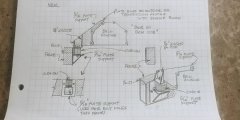
Crazy? Lol maybe so! I'll post up the finished version when its done.

